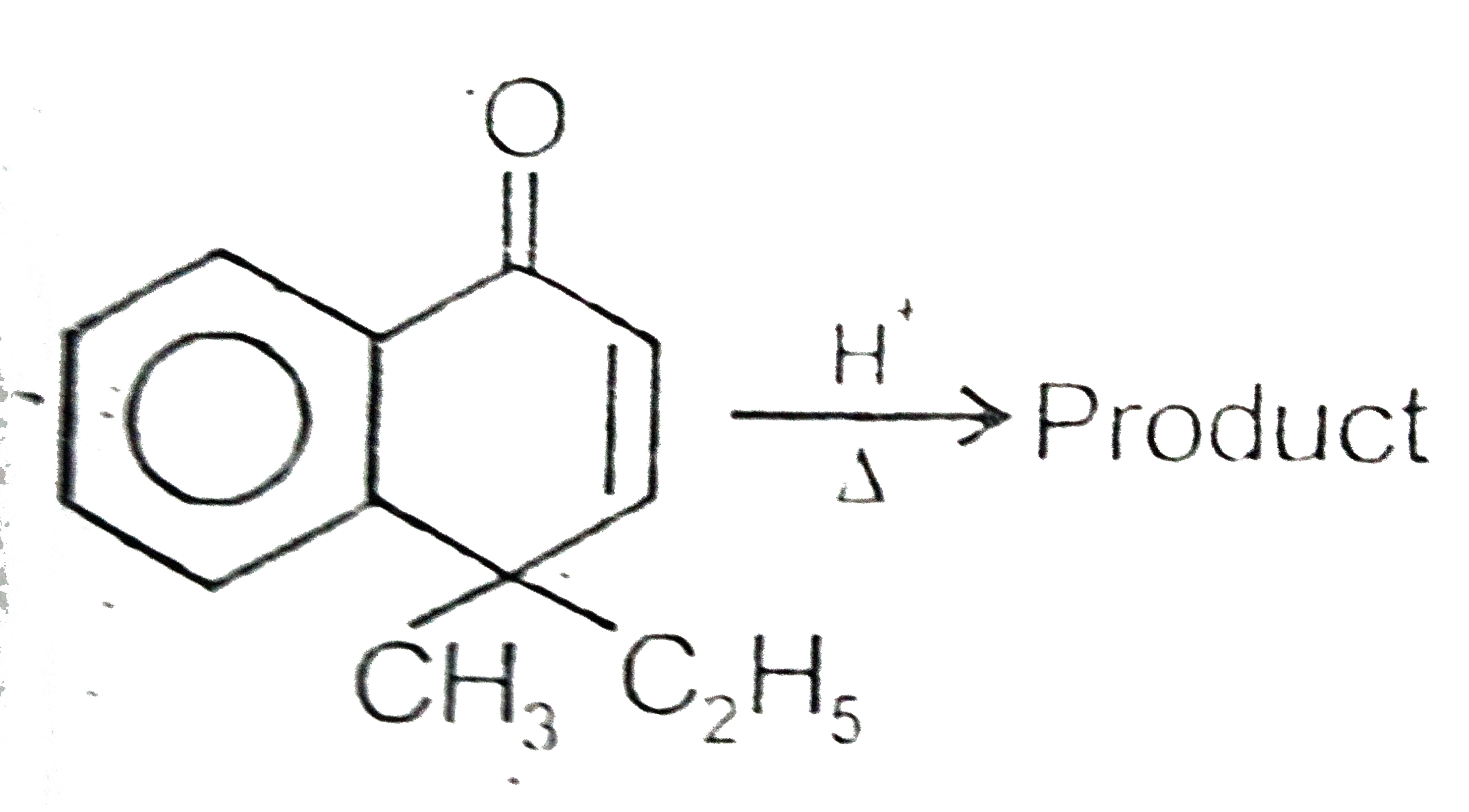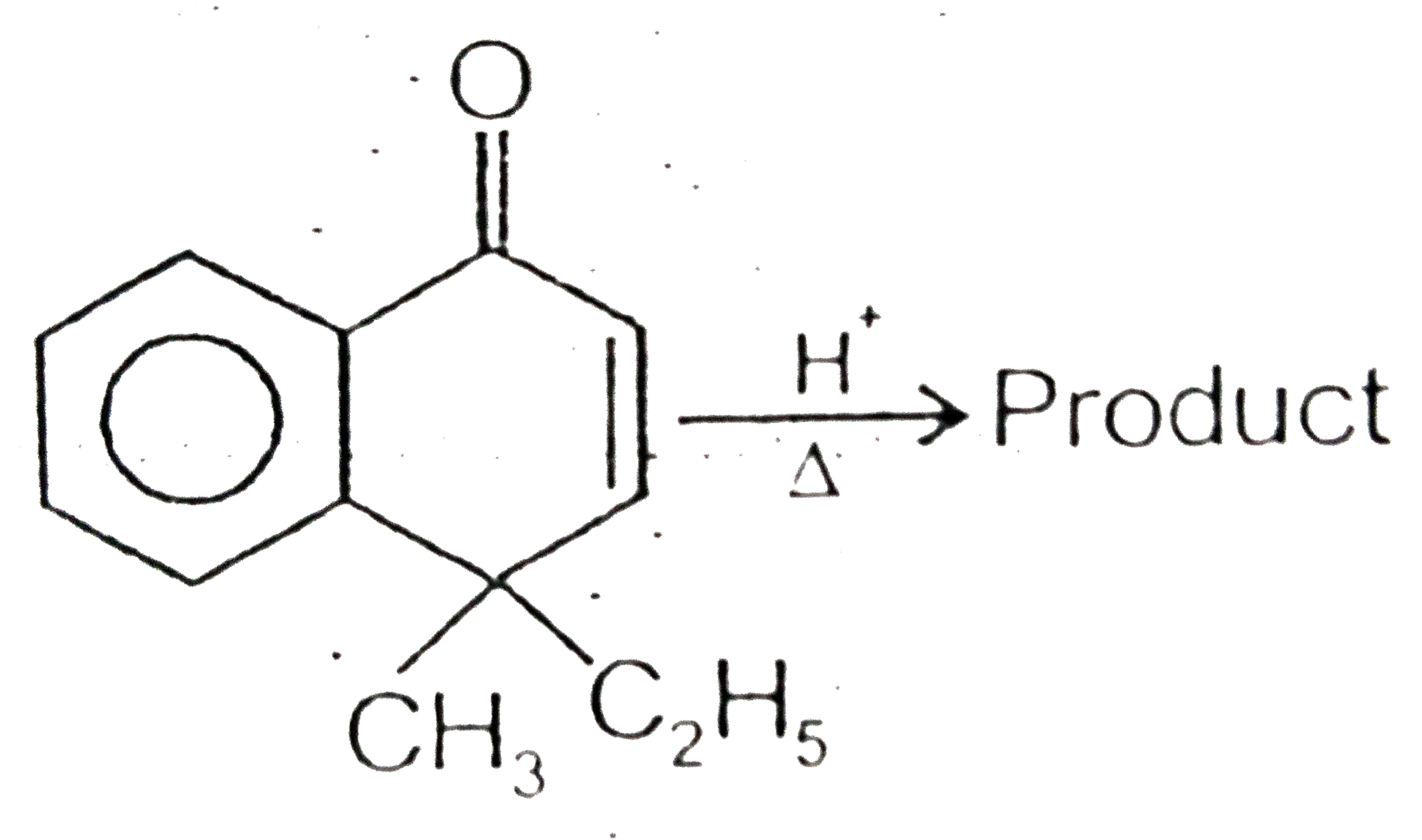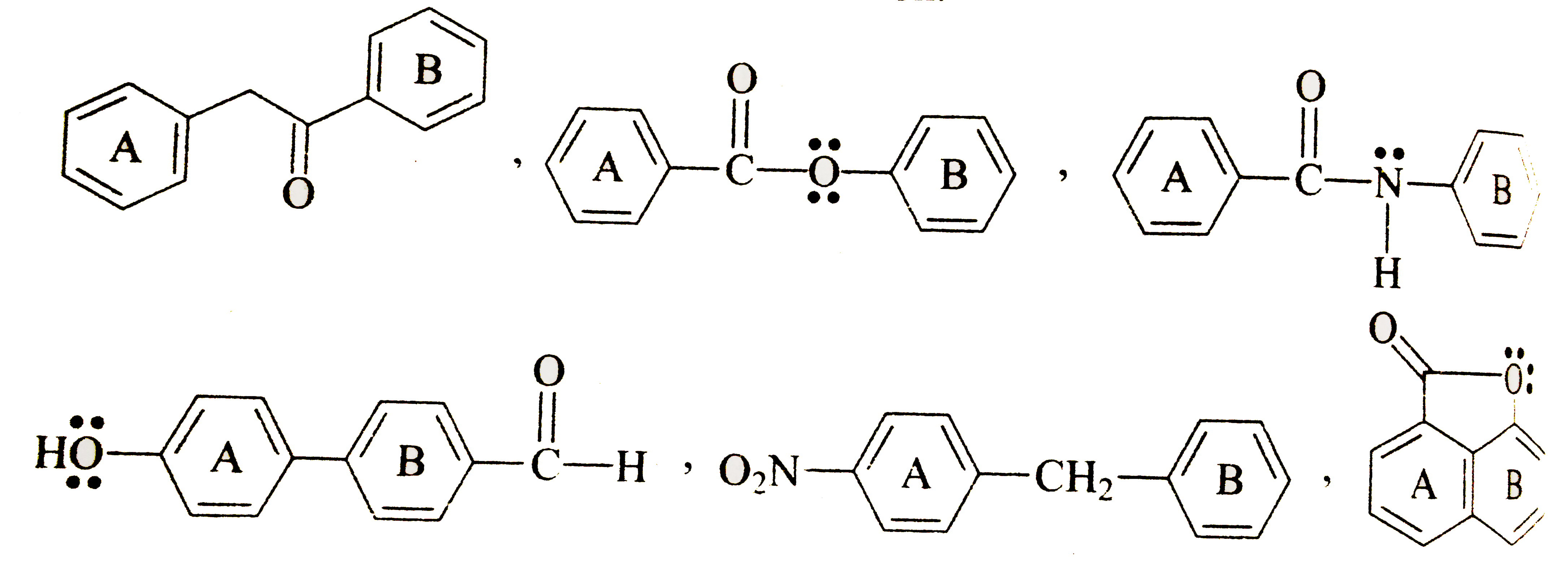a. In compound (A), number of aromatic, antiaromatic, and non-aromatic rings are 4, 3, and 0, respectively.
b. In product (I), the number of aromatic, antiaromatic, and non-aromatic rings are 3, 0, and 4, respectively.
c. In product (II), the number of aromatic, antiaromatic, and non-aromatic rings are 3, 2 and 2, respectively.
The stability order is: aromatic gt antiaromatic gt nonaromatic
The correct Answer is:d
Step by step video, text & image solution for a. In compound (A), number of aromatic, antiaromatic, and non-aromatic rings are 4, 3, and 0, respectively. b. In product (I), the number of aromatic, antiaromatic, and non-aromatic rings are 3, 0, and 4, respectively. c. In product (II), the number of aromatic, antiaromatic, and non-aromatic rings are 3, 2 and 2, respectively. The stability order is: aromatic gt antiaromatic gt nonaromatic by Chemistry experts to help you in doubts & scoring excellent marks in Class 11 exams.
Updated on:21/07/2023Topper's Solved these Questions
- ALKANES AND CYCLOALKANESBOOK - CENGAGE CHEMISTRYCHAPTER - ALKANES AND CYCLOALKANESEXERCISE - MCQ
20 Videos
- ALKANES AND CYCLOALKANESBOOK - CENGAGE CHEMISTRYCHAPTER - ALKANES AND CYCLOALKANESEXERCISE - Single Correct
45 Videos
- ALKANES AND CYCLOALKANESBOOK - CENGAGE CHEMISTRYCHAPTER - ALKANES AND CYCLOALKANESEXERCISE - Fill in the Blanks
1 Videos
- ALKENES AND ALKADIENESBOOK - CENGAGE CHEMISTRYCHAPTER - ALKENES AND ALKADIENESEXERCISE - Single correct Answer
14 Videos
Similar Questions
Knowledge Check
We have now learned that benzene is unsually stable, and that this stability seems to be correlated with the overlap of its carbon 2p orbitals to form π molecular orbitals. In 1931. Erich Huckel (1896 - 1980), a German chemist physicist, elucidated with molecular orbital arguments the criteria for this sort of stability, which has come to be called aromaticity.
Criteria for aromaticity :
* Aromatic compounds contain one or more rings that have a cyclic arragement of p-orbitals. Thus, aromaticity is a property of certain cyclic compounds.
* Every atom of an aromatic ring has a p-orbital.
* Aromatic rings are planar.
The cyclic arrangements of p-orbitals in an aromatic compound must contain 4n+2π electrons, where n is any positive integer (0, 1, 2, ....). In other words, an aromatic ring must contain 2, 6, 10 π electrons.
Which of the following compound is not anti-aromatic ?A B
B C
C D
D
We have now learned that benzene is unsually stable, and that this stability seems to be correlated with the overlap of its carbon 2p orbitals to form π molecular orbitals. In 1931. Erich Huckel (1896 - 1980), a German chemist physicist, elucidated with molecular orbital arguments the criteria for this sort of stability, which has come to be called aromaticity.
Criteria for aromaticity :
* Aromatic compounds contain one or more rings that have a cyclic arragement of p-orbitals. Thus, aromaticity is a property of certain cyclic compounds.
* Every atom of an aromatic ring has a p-orbital.
* Aromatic rings are planar.
The cyclic arrangements of p-orbitals in an aromatic compound must contain 4n+2π electrons, where n is any positive integer (0, 1, 2, ....). In other words, an aromatic ring must contain 2, 6, 10 π electrons.
Which of the following compound is not anti-aromatic ?A B
B C
C D
D
 In the final product , the number of π electrons involved in aromaticity is 2x . The value of x is
In the final product , the number of π electrons involved in aromaticity is 2x . The value of x is
View Solution
In final product the number of π electrons involved in aromaticity is 2x the value of x is
View SolutionLebel each compound as aromatic, antiaromatic, or not aromatic. Assume all completely conjugated rings are planar.

View SolutionEach of the compounds shows below has two aromatic ring. Labled as A and Identify number of compounds in which ring B is more active than ring A for electrophilic aromatic substitution reaction .


View Solutionx= number of compound which undergoes Tautomerisation ot from an Aromatic product.

View SolutionClassify the following compounds as aromatic, anti-aromatic or non-aromatic compounds:
(a) Cyclopropenyl cation
(b) Naphthalene
(c) Furan
Pyrrole
(e) Pyridine
(f) Cycloctatetraene
(g) 1,3,5-Cycloheptatriene.
View Solution

